NHL Inbox: Best rebuild? Quirkiest rules? Impact of rising salary cap?
Welcome to NHL Inbox, a monthly forum in which readers can ask me anything hockey-related, and I try my best to deliver an insightful answer.
Note: the questions below were lightly edited for clarity and brevity.
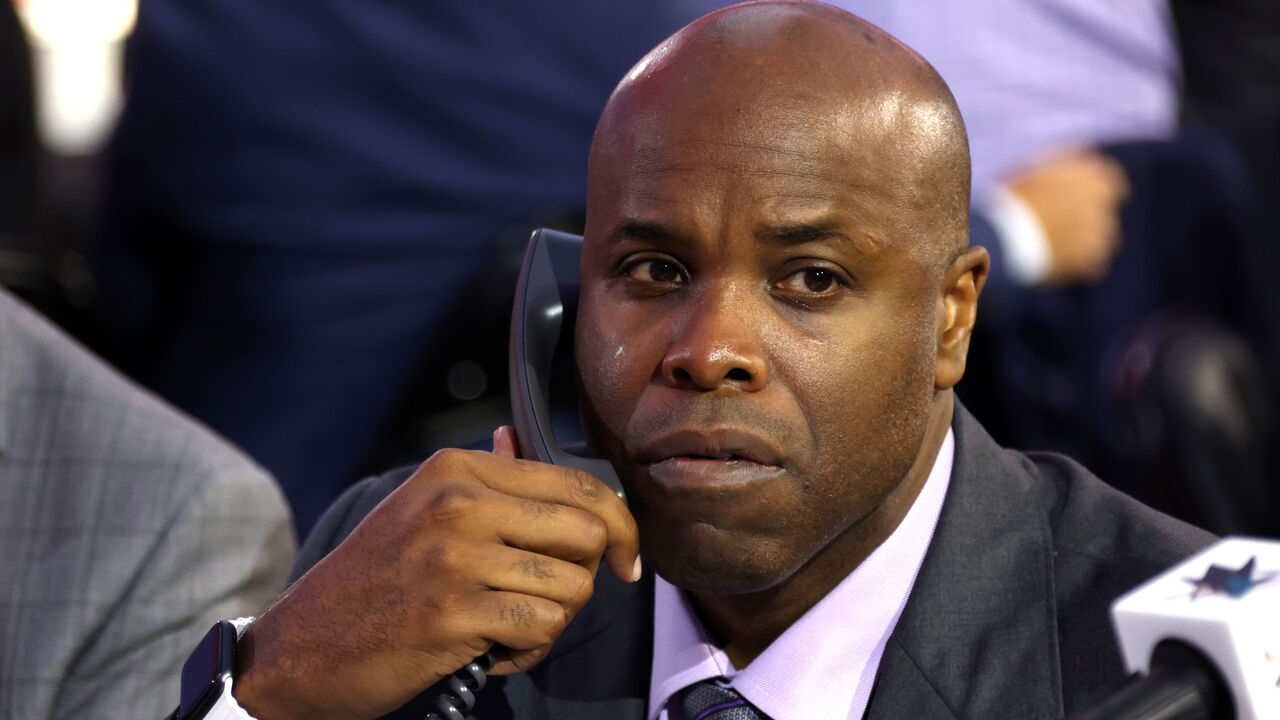
T.J. asks: Out of the Sharks, Blackhawks, Ducks, Red Wings, and Sabres, which team is on track for the most successful rebuild? Which team or teams have had the least successful rebuilds and have to restart? Is there a specific formula for a successful rebuild? If so, which factors are most important?
San Jose is the winner here.
General manager Mike Grier has continually turned old core pieces (Tomas Hertl, Brent Burns) and established NHLers who don't factor into the long-term plan (Jake Walman, Mackenzie Blackwood) into futures. The payoff: tons of draft capital, a stacked prospect pool, and a clean cap sheet. Most crucially, Grier has assembled an enviable under-24 core headlined by Macklin Celebrini, Michael Misa, Will Smith, Sam Dickinson, and Yaroslav Askarov. Ryan Warsofsky, promoted to head coach last summer, is the right leader.
The Sharks have laid such a strong foundation that something would have to go horribly wrong for them not to emerge as a top 10 NHL team in 5-10 years.
The Red Wings and Sabres are at the other end of the spectrum. Detroit's timeline stagnated in large part due to GM Steve Yzerman's poor free-agent signings in three consecutive offseasons (2022-24). Buffalo, whose all-time playoff drought has reached 14 seasons, occupies a unique position in the league. The roster looks capable of claiming a wild-card spot, but the stink of the past and empty seats have led to shortcuts in the team-building process.
As for a rebuilding formula, there's no magical one-size-fits-all approach.
However, a few things stand out:
- You must hit home runs on high first-round picks
- You must give young NHLers runway to develop
- You must avoid long-term contracts for veterans
There's one giant caveat to this entire discussion: luck plays a significant role. It's extremely helpful if the bottoming-out portion of your rebuild aligns with a strong draft class and even more fortuitous if lottery balls bounce your way.
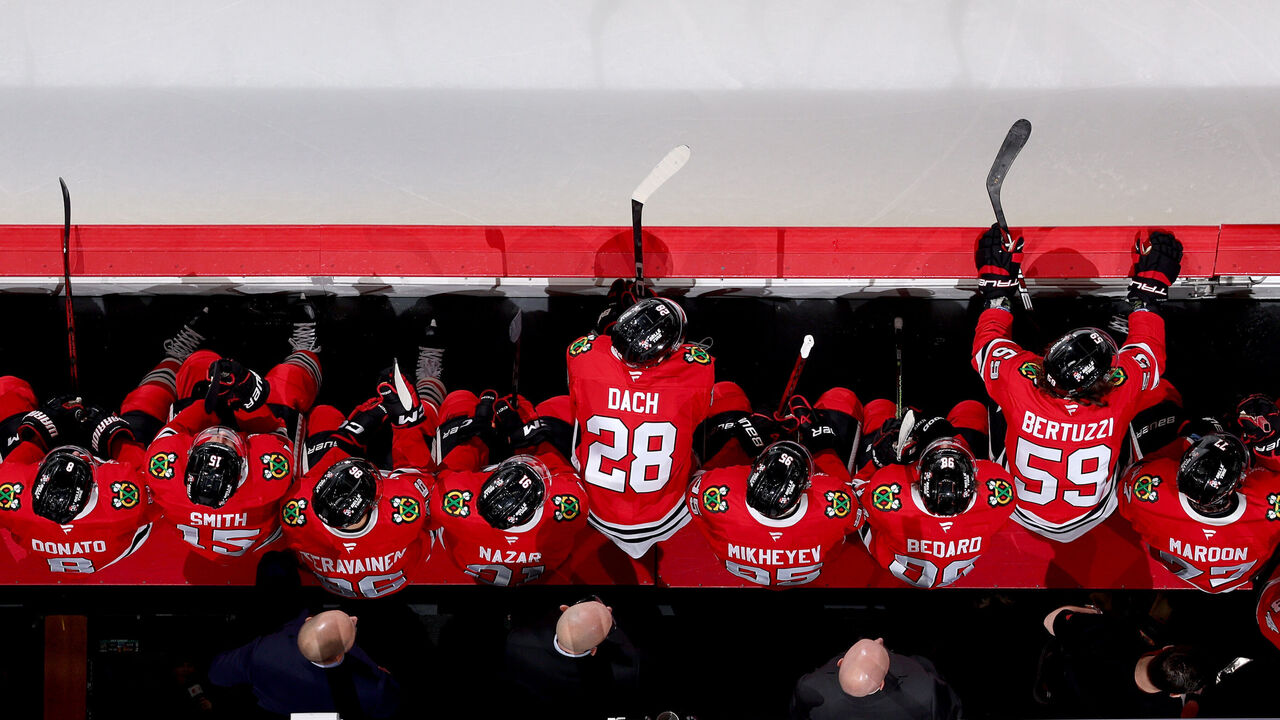
Andrew D. asks: How can the Blackhawks improve next season, as they haven't improved at all since drafting Connor Bedard? Do you think GM Kyle Davidson should be gone?
Let's start with the second question: No, Davidson shouldn't be gone.
Chicago finished with 61 points in 2024-25, a nine-point improvement on Bedard's rookie season. That's not a huge leap, but it's a step forward. Big picture, Davidson has constructed a promising blue line, acquired a starting goalie in Spencer Knight, and taken swings on high-upside forwards early in the draft.
He gets a B-minus grade for his full body of work since March 2022.
That said, ownership should be asking Davidson a few tough questions at this point in the rebuild, including: "How are you going to keep Bedard, who's currently eligible for a contract extension, happy in 2025-26 and beyond?"
I count only one top-line forward on the Hawks' current roster, and it's Bedard. While GMs should never recklessly chase short-term fixes to long-term problems, Davidson needs to add offensive juice to his forward group. Youngsters Frank Nazar and Oliver Moore look primed to blossom into impact NHLers one day; they don't qualify as proper Bedard running mates right now.
Davidson has ammunition to acquire a legitimate top-six forward in the form of two first-round picks and three seconds in the much-hyped 2026 draft. Chicago's own 2026 first should be off-limits (it could be Gavin McKenna!). However, the club's other first, originally Florida's and likely to land late in the first round, is more expendable. Many clubs will also be interested in those seconds.
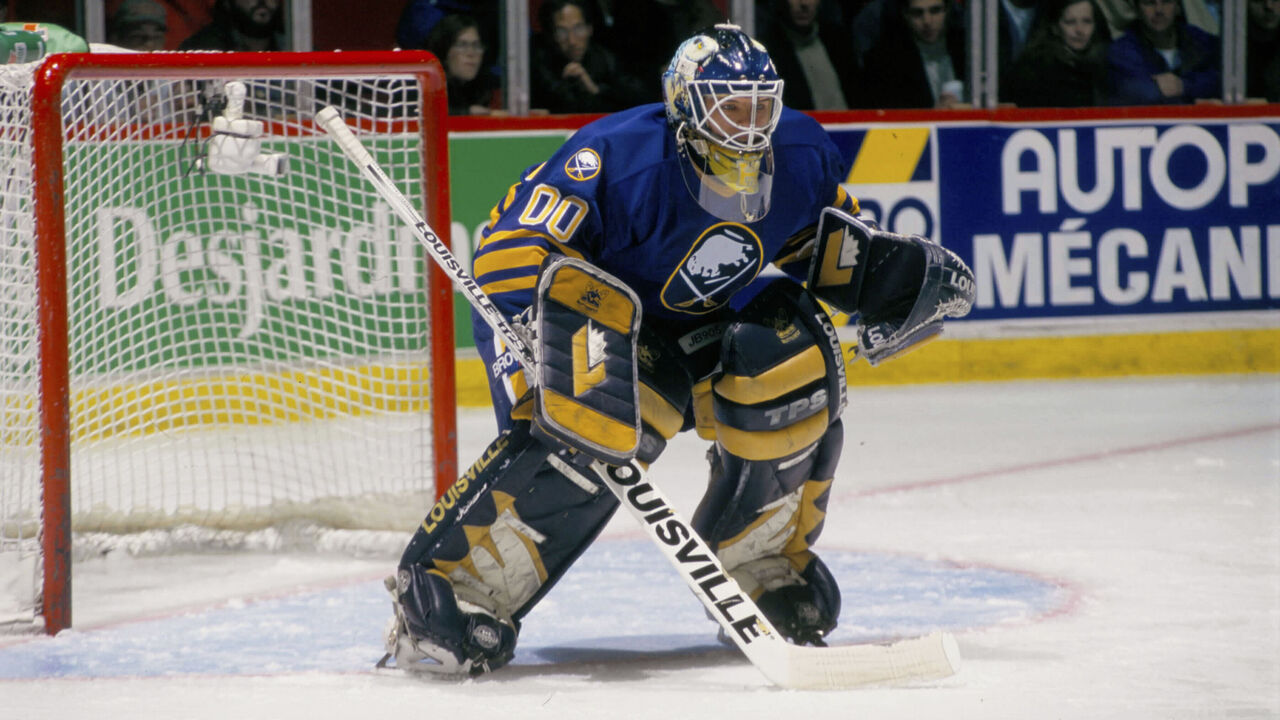
Bowenable asks: What are the three most unknown rules in hockey?
I scanned the NHL's 234-page rulebook and didn't find much that would fall under "most unknown." However, there are some quirky rules worth sharing.
Rule 9.2 pertains to jersey numbers. I knew fractions, decimals, and triple digits were banned, but I didn't realize zero and double zero were also on the can't-wear list. Defenseman Neil Sheehy was the last player to wear No. 0, and goalie Martin Biron was the last to rock No. 00. The NHL banned both numbers in 1996-97, which means a player today has the option of wearing Nos. 1 through 98 (Wayne Gretzky's 99 is retired across the league).
Rule 10.1 is about sticks, including maximum length. "No stick shall exceed 63 inches in length from the heel to the end of the shaft," it reads, "nor more than 12.5 inches from the heel to the end of the blade." What's interesting here is that players can submit a request for a length exemption, but only if they're 6-foot-6 or taller. This tells me the NHL unofficially considers 6-foot-6 not just tall but the start of the freakishly tall tier. Zdeno Chara, 6-foot-9 in shoes and 7-feet on skates, famously used a 67-inch stick.
Rule 10.4 deals with broken goalie sticks. Did you know that, unlike a forward or defenseman, "a goalkeeper may continue to play with a broken stick until a stoppage of play or until he has one legally provided to him" by a teammate?
Rule 66.1 covers forfeited games. There hasn't been a forfeit in the NHL in 70 years. But, if a game is indeed declared forfeited before puck drop, the final score will be 1-0, and "no player shall be credited with any personal statistics."
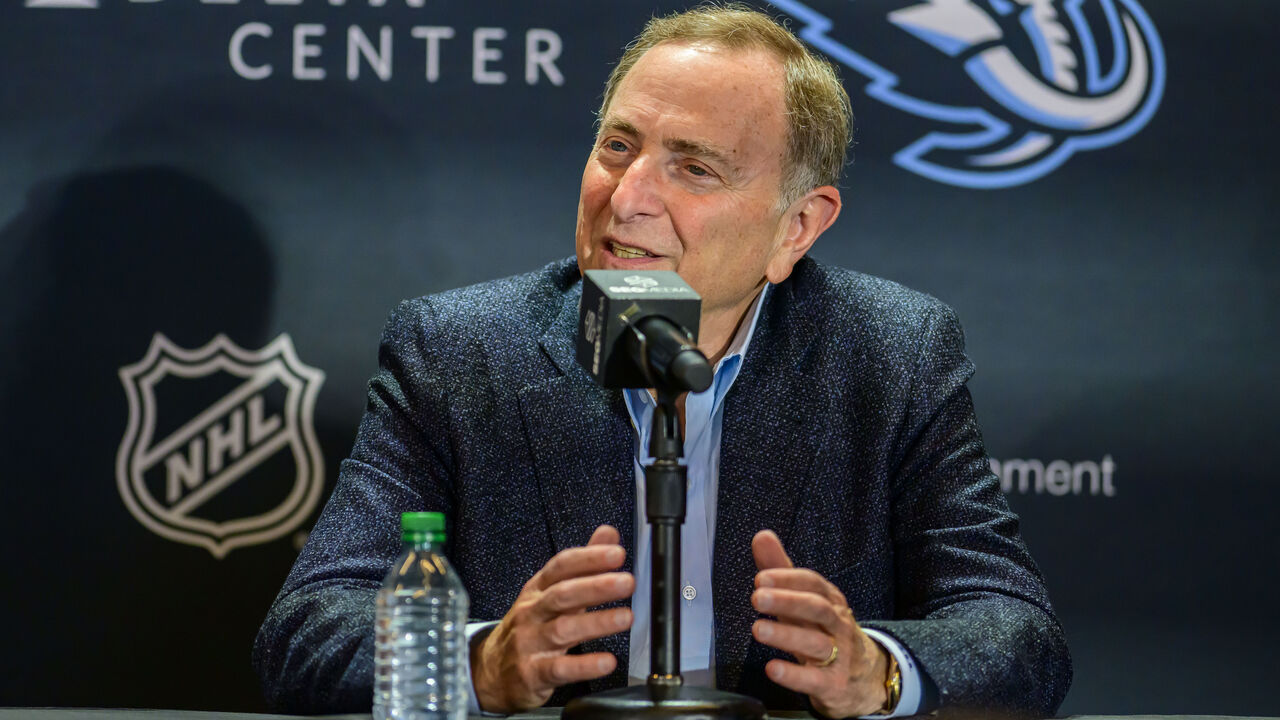
Gary T. asks: With the speculation about two expansion teams coming soon, thus bringing the number of NHL teams to 34, what do you consider too many teams? Do you think the NHL or other North American leagues would move to a tiered/relegation-type system like in European soccer at some point?
I think 32 is ideal because it means 16 teams per conference, with eight of 16 making the playoffs. Plus, the on-ice product is superb in 2025, boasting a near-perfect blend of speed, skill, scoring, defending, and rough stuff.
While I understand why the NHL is open to expanding again ($$$), jumping from 32 to 34 teams feels riskier than leaping from 30 to 32, especially when paired with the 84-game schedule coming in 2026-27. The talent pool would be further diluted, and it'd be a chore to keep up with activity across the league. Fans aren't asking for any of this.
"The game is growing and there's more countries playing and producing high-end players, so maybe overall there's a bigger talent pool to draw from and that balances everything out," former Canucks assistant GM Chris Gear told me for a 2024 story about expansion. "But, I do think you want to be careful. If you expand too many times, too quickly - before that pool of players broadens enough - you might just be watering down the league a little bit."
The NHL won't move to a tiered/relegation-type system for many reasons. First and foremost, the pro hockey infrastructure is too weak. AHL and ECHL teams don't have big enough fan bases or arenas to support promotions.
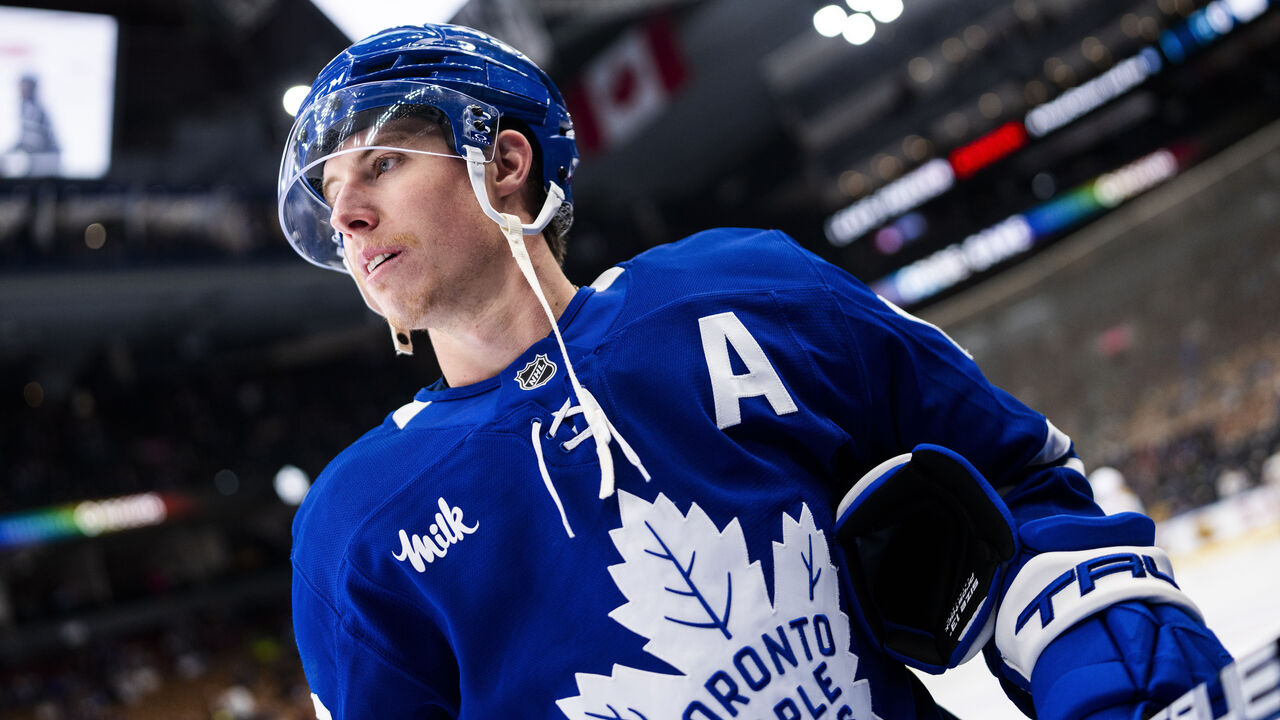
Matt H. asks: With the salary cap finally rising significantly, will the gap be bridged between the teams in the lower-tax states (Florida, Texas, etc.) and the higher-grossing teams (Toronto, New York, etc.)? From a team-building perspective, will it level the playing field in free agency?
We're in for a ride: The cap is increasing from $88 million in 2024-25 to $95.5 million in 2025-26 to $104 million in 2026-27 to $113.5 million in 2027-28.
That's a $25.5 million jump over four seasons - unprecedented growth.
Clubs with owners willing to spend to the upper limit of the cap every season, no matter what, should benefit greatly during this stretch because not every owner can afford to go all out financially all the time. (We already see this with signing bonuses: the teams willing to pay out a large chunk of a player's earnings in bonuses have a distinct advantage.) The contrast will likely be most noticeable among rebuilding teams, where the richest will still spend plenty of money, but the poorest will struggle to hit the cap's floor.
Yes, it'll help bridge the gap between teams in low-tax areas and teams in high-tax areas. But I also believe that the entire tax discourse is overblown.
Having more of your paycheck end up in your bank account is a major factor, yet by no means the only meaningful one for unrestricted free agents.
Do you have a chance to win a Stanley Cup? Do you like the owner, GM, and head coach? Will you have a prominent on-ice role? Are the facilities first class? Are your aging parents somewhat close? How are the nearby schools? Weather?
What do you want to know, hockey fans?
There are three ways to submit a question for future NHL Inbox editions:
- Comment on this article in theScore app
- Email senior NHL writer John Matisz at [email protected]
- Send John a message on X (@matiszjohn)
HEADLINES
- Marchand: Panthers utilized being in no-tax state to retain free agents
- Matthews 'feeling really good' after injury-plagued season
- Panthers' Tkachuk out until at least December after surgery
- 10 people under the most pressure entering the 2025-26 NHL season
- Future of 5 acquitted players a point of discussion as NHL camps open